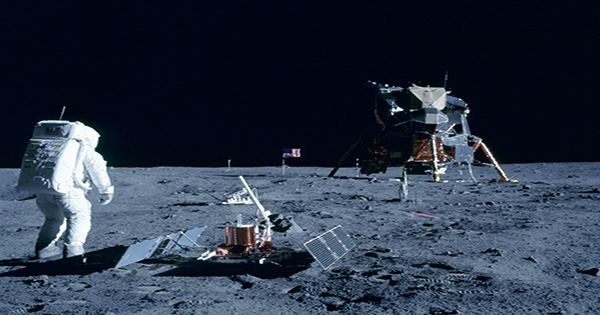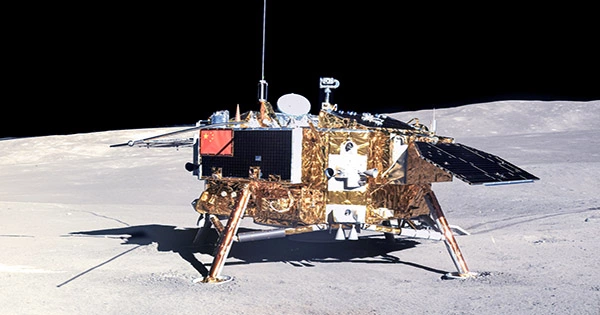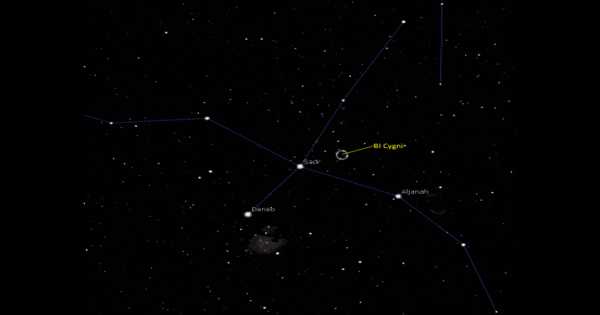The Chang’E-5 lander’s spectral data not only proves the presence of water on the Moon but also shows where part of it is located, which has been lacking from earlier investigations. The Apollo flights returned exceedingly dry lunar rocks, with any water discovered after their return to Earth attributed to contamination. However, as plans for a permanent base began to take shape, the question of whether the Moon retains water trapped beneath its surface grew more pressing. We cannot survive without it, and not needing to travel large amounts would drastically reduce the cost of future missions.
NASA discovered evidence of water on the Moon in the spectra of impact ejecta in 2009, which was verified in 2020 while increasing estimates of its abundance. However, because the investigation was done at a poor resolution from orbit, it is unclear where the water would actually be discovered. A new study published in Science Advances reveals a volcanic rock that contains potentially useful water. In December 2020, change-5 landed on Oceanus Procellarum, the Moon’s youngest basalt “sea” at under 2 billion years old.

It returned to Earth later that month with 1.7 kilograms (3.7 pounds) of rocks and dust, but not before analyzing the spectrum of reflected infrared light with its Lunar Mineralogical Spectrometer, looking for lines at wavelengths of around 3 m associated with either molecular water (H2O) or hydroxyl (OH-) bonded to other molecules.
The scientists concluded that they had discovered an absorption line at 2.85 m, a site associated with water, after accounting for emissions from the lunar surface’s heat. The line’s low intensity indicated a concentration of little more than 120 parts per million in the surface material. On that basis, just to get a glass of drinking water, let alone enough to irrigate crops, you would have to smash a lot of rock.
That may still be less expensive than hauling what is required from Earth’s gravity well, but there are better solutions available. Hydrogen ions in the solar wind are predicted to combine with oxygen stored up in lunar soil, resulting in water in surface rocks. CE5, a volcanic rock, had a higher absorption line at the same wavelength, which attributed to 180-ppm water.
If we can discover the correct sites, we might be able to find even higher amounts lower. Oceanus Procellarum is located at 43 degrees north latitude, thus it is exposed to the full force of the Sun, probably boiling off any significant water that may arrive on comets. There is evidence that cold traps at the lunar poles (particularly the South Pole), which are always under the shadow, are substantially more water-rich.
















